Money
Introduction
Money is a medium of exchange that is widely accepted in transactions involving goods, services, or payment of debts. It comes in various forms such as coins, banknotes, and digital currency.
Key Concepts
- Denominations: Money is typically divided into different denominations, such as $1, $5, $10, $20, and so on. Each denomination represents a specific value.
- Currency: Different countries have their own currencies, such as the US Dollar, Euro, Yen, and others. Each currency has its own symbols and exchange rates.
- Exchange Rates: The value of one currency in terms of another. For example, the exchange rate between US Dollar and Euro.
- Banking: Money is often stored in banks, where individuals can open accounts, deposit money, withdraw funds, and perform other financial transactions.
Mathematical Operations
Money involves various mathematical operations, including addition, subtraction, multiplication, and division. These operations are used in everyday transactions and financial calculations.
Study Tips
- Practice counting money using coins and banknotes.
- Learn to convert between different currency denominations.
- Understand how to calculate change when making purchases.
- Practice solving word problems related to money and finances.
Conclusion
Understanding the concept of money is essential for everyday financial transactions and is a fundamental skill in mathematics. By mastering the basics of money, you can develop important skills that will be useful in real-life situations.
.◂Math Worksheets and Study Guides Fifth Grade. Polygon Characteristics
Study Guide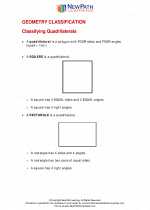 Polygon Characteristics
Polygon Characteristics  Worksheet/Answer key
Worksheet/Answer key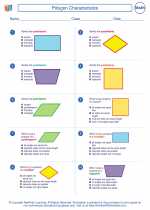 Polygon Characteristics
Polygon Characteristics  Worksheet/Answer key
Worksheet/Answer key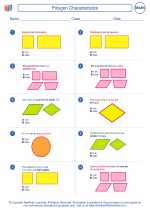 Polygon Characteristics
Polygon Characteristics  Worksheet/Answer key
Worksheet/Answer key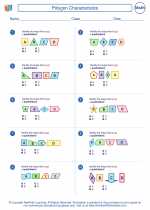 Polygon Characteristics
Polygon Characteristics  Worksheet/Answer key
Worksheet/Answer key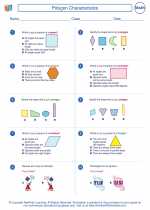 Polygon Characteristics
Polygon Characteristics  Worksheet/Answer key
Worksheet/Answer key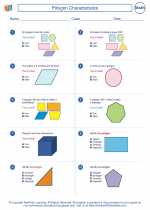 Polygon Characteristics
Polygon Characteristics  Worksheet/Answer key
Worksheet/Answer key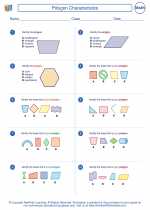 Polygon Characteristics
Polygon Characteristics  Worksheet/Answer key
Worksheet/Answer key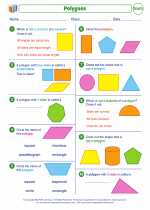 Polygons
Polygons  Worksheet/Answer key
Worksheet/Answer key Shape Up
Shape Up  Vocabulary/Answer key
Vocabulary/Answer key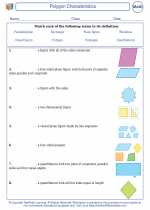 Polygon Characteristics
Polygon Characteristics 

 Worksheet/Answer key
Worksheet/Answer key
 Worksheet/Answer key
Worksheet/Answer key
 Worksheet/Answer key
Worksheet/Answer key
 Worksheet/Answer key
Worksheet/Answer key
 Worksheet/Answer key
Worksheet/Answer key
 Worksheet/Answer key
Worksheet/Answer key
 Worksheet/Answer key
Worksheet/Answer key
 Worksheet/Answer key
Worksheet/Answer key
 Vocabulary/Answer key
Vocabulary/Answer key

The resources above cover the following skills:
Geometry (NCTM)
Analyze characteristics and properties of two- and three-dimensional geometric shapes and develop mathematical arguments about geometric relationships.
Identify, compare, and analyze attributes of two- and three-dimensional shapes and develop vocabulary to describe the attributes.
Classify two- and three-dimensional shapes according to their properties and develop definitions of classes of shapes such as triangles and pyramids.